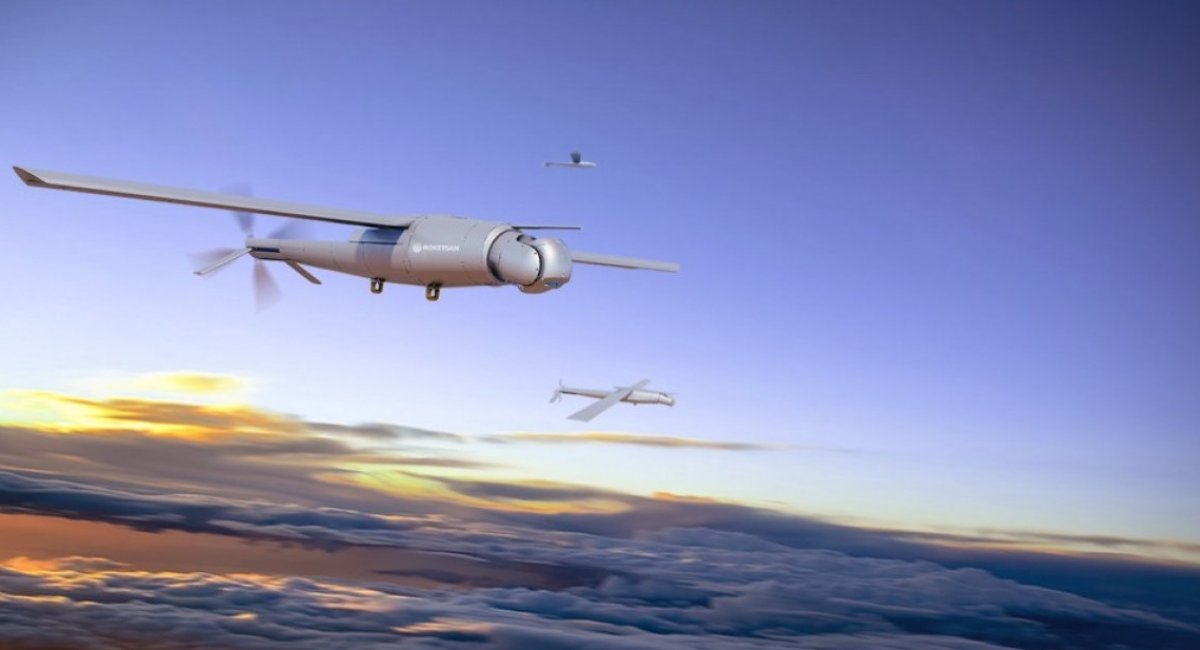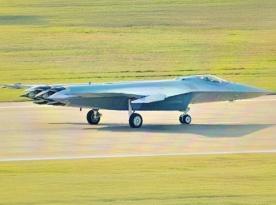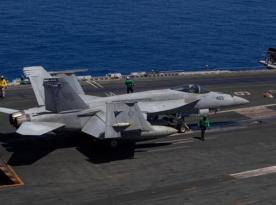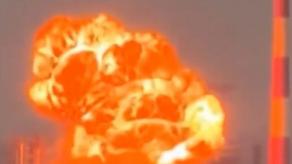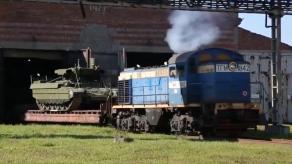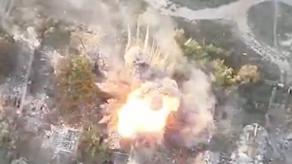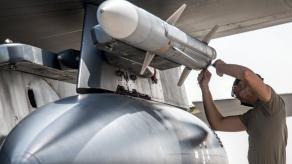Recently, Roketsan and STM tested their proprietary Alpagut loitering munition. During the trials, the drone was launched from the Akinci UCAV, after which, according to the company, it hit a naval target.
However, judging by the released video, it simply fell into the sea. It is unclear whether this was intentional or if a real target had been prepared, which it failed to reach.
Read more: 1267 Days of russia-Ukraine War – russian Casualties in Ukraine
Alpagut is a loitering munition designed for both day and night operations. It is intended to engage both ground and maritime targets. It can operate in single missions or as part of a swarm.
It can loiter in the air for over 60 minutes and engage targets at ranges exceeding 60 km. For target engagement, it is equipped with an 11-kilogram shaped-charge warhead, which can be replaced depending on the mission with a high-explosive fragmentation or thermobaric warhead, designed to strike air defense systems, radars, armored vehicles, infantry, transport vehicles, and more.
It can be deployed from Akinci, Bayraktar TB-3, Aksungur, Anka, and Hurkus UAVs, ATAK-2 and Gokbey helicopters, as well as fixed-wing aircraft. Reports also indicate that Alpagut can be launched from ground platforms.
When launched from the air, the operator designates the area where the target is located, then plans a route to that area. Using the UAV's cameras and artificial intelligence, it identifies targets. Upon approaching, it begins loitering, observing the target and awaiting the operator's command for further actions.
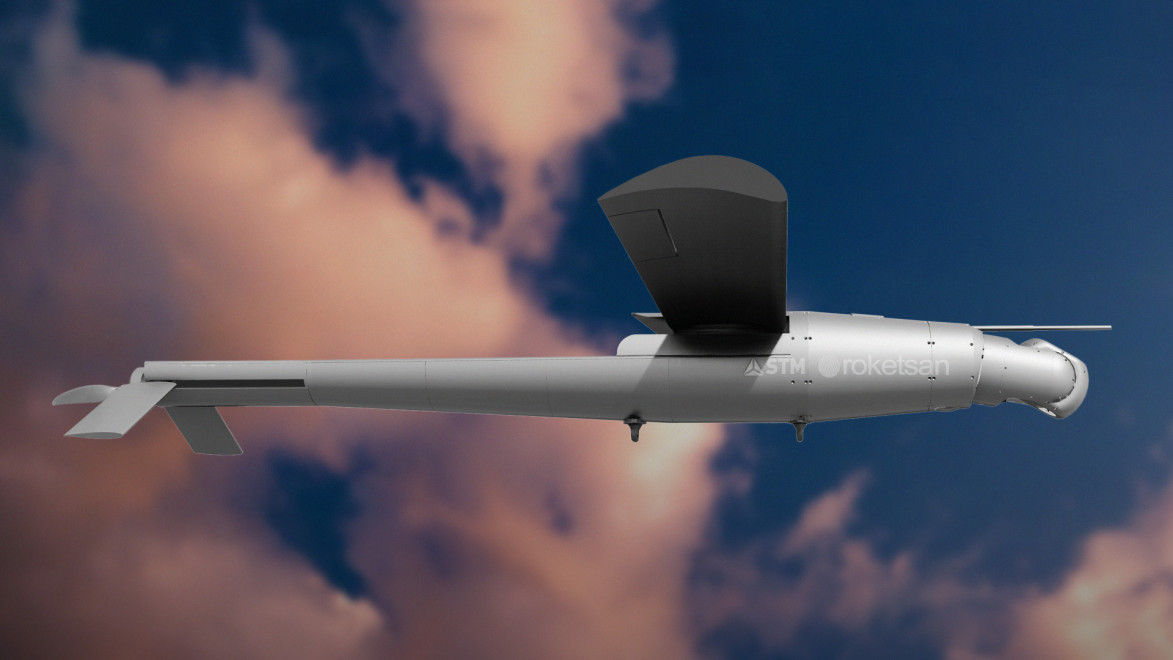
Throughout the mission, a connection is maintained between the drone and the operator, allowing the latter to view the camera feed and control the drone. Once the operator identifies the target and issues the attack command, the drone autonomously engages it.
Launching from an aerial platform allows for a larger warhead without increasing the drone's size or reducing its range, as Alpagut is already deployed from altitude. This also enables longer flight distance, heavier payloads, increased line-of-sight, and improved communication quality.
Read more: North Korea Sends 11,000 Troops to russia, Another 6,000 Are Expected




